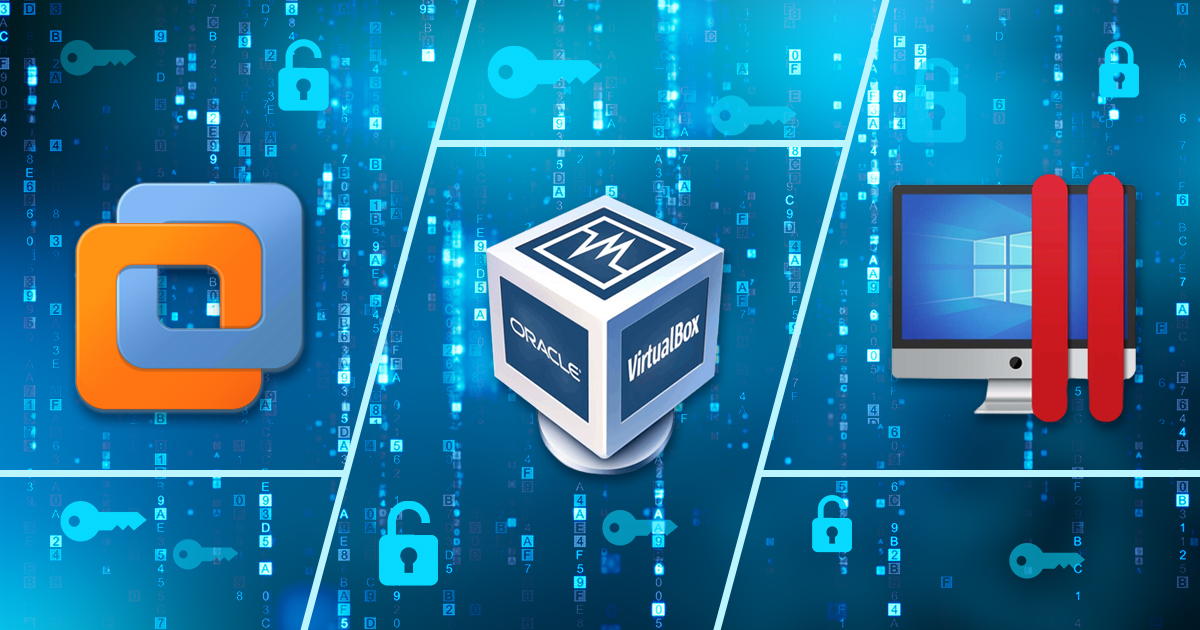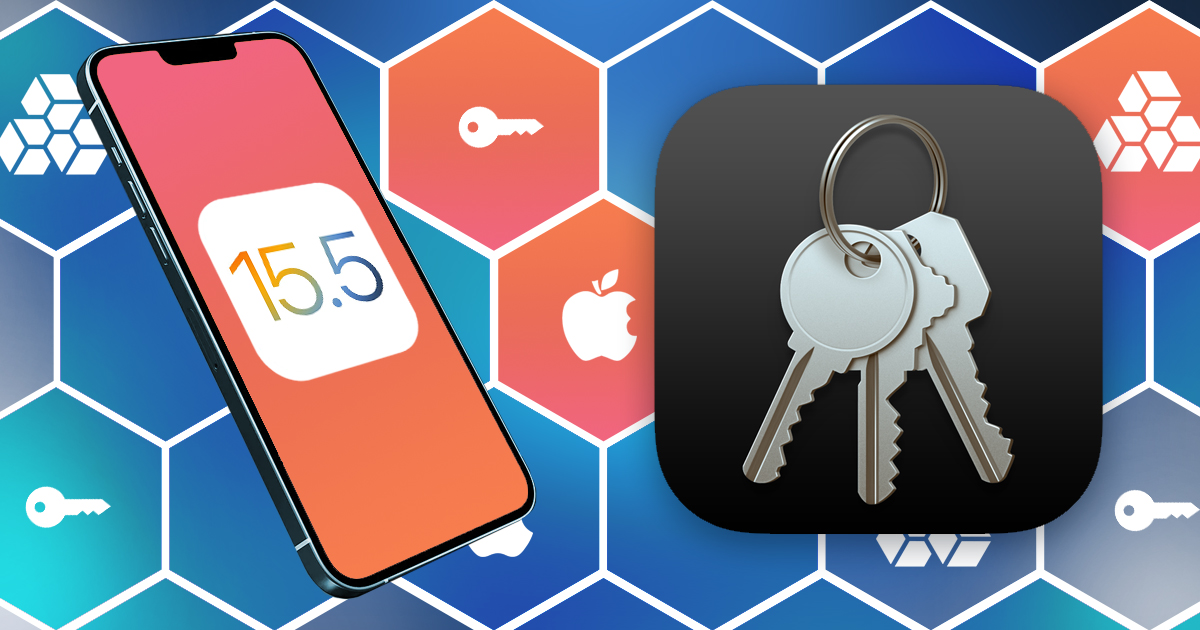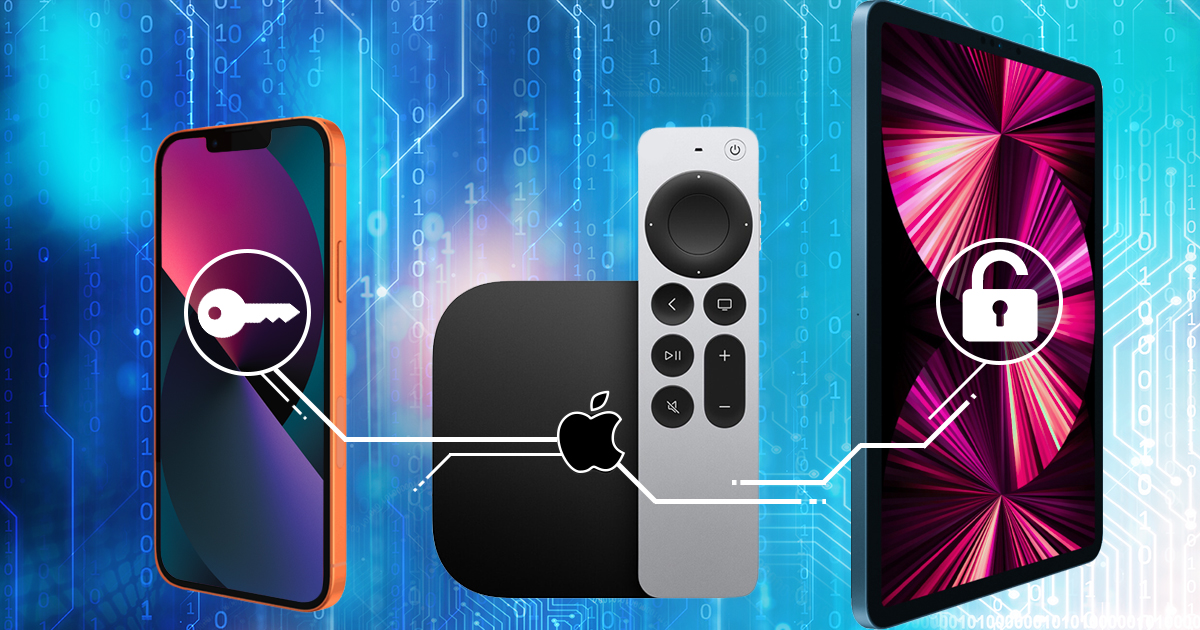January 26th, 2023 by Oleg Afonin
Apple is known for a very long time they support their devices. On January 23, 2023, alongside with iOS 16.3 the company rolled out security patches to older devices, releasing iOS 12.5.7, iOS 15.7.3 and iPadOS 15.7.3. iOS 12 was the last major version of iOS supported on Apple A7, A8, and A8X devices, which includes the iPhone 5s and iPhone 6 and 6 Plus generations along with several iPad models. We tested low-level extraction with these security-patched builds, and made several discoveries.
Read the rest of this entry »










